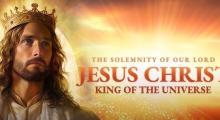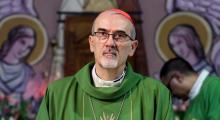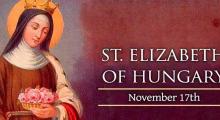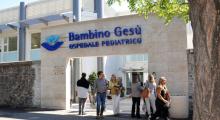Issued by the Catholic Center for Studies and Media - Jordan. Editor-in-chief Fr. Rif'at Bader - موقع أبونا abouna.org
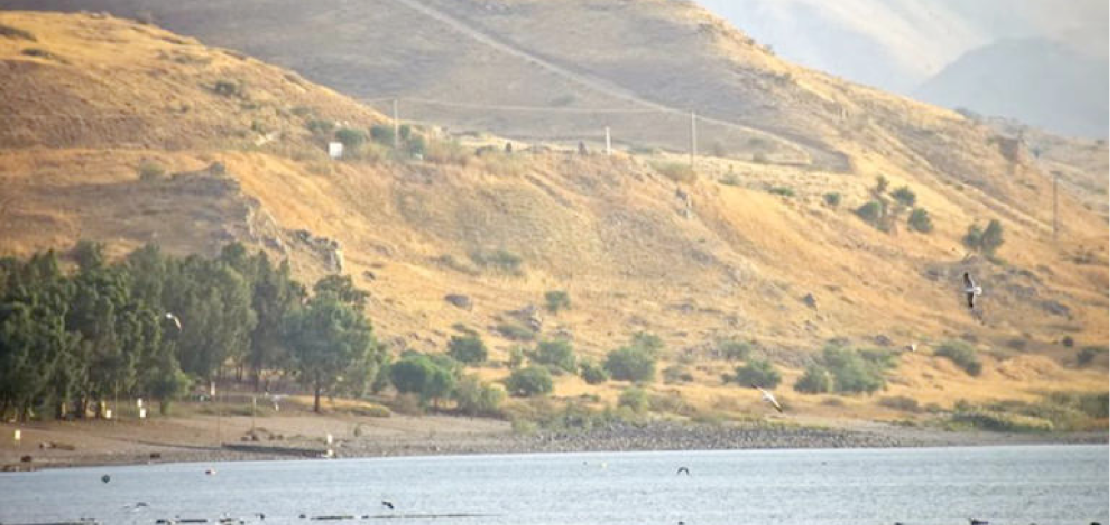
Dr. Scott Stripling, director of excavations for the Association for Biblical Research, reported on the combination of textual clues, geography and ruins in the city of Kursi, the Holy Land, where the exorcism of the Legion of demons and the subsequent infestation of pigs in Gadara, described in the Gospels of Matthew, Mark and Luke, most likely took place.
The town of Kursi is located on the eastern shore of the Sea of Galilee. Dr. Stripling used information from a 1985 excavation that documented dozens of ancient ports along the Sea of Galilee, including Kursi. This port had enormous stone breakwaters and a large fishpond. «From the port, every biblical detail fits within a 200-meter radius,» the archaeologist commented.
The research identified three geographical clues present in the three Gospels: a steep cliff near the water, a nearby cemetery, and Jesus’ arrival by boat from the western shore. These three elements converge at Kursi, which has a cliff less than 50 meters from the shore, a hill with ancient Jewish tombs, and the discovery of a Roman-era port partially submerged in the lake.
The key to the investigation was locating the ancient port using aerial photographs and reports from the 1985 excavation. A large Roman fish tank, used to keep the catch alive, marked the location of the fishing port, active in the 1st century, where Jesus arrived. Wearing diving suits, Stripling’s team dove into the crystal-clear waters off the coast of Kursi, where «we felt the stones before we saw them. The researcher added: “They were massive, worked blocks forming twin piers, a classic port construction.” Data from the historical and political context supports the location of the miracle, as the Kursi region was part of the Decapolis, a league of ten Greco-Roman cities. The pigs must have been raised in the Gentile-dominated area to supply the Roman Legions stationed nearby, even though the animals were considered unclean under Jewish law.
The Tenth Roman Legion had its garrison in the region, its emblem a boar. In the Gospel account, the demons identify themselves as «Legion,» which was perhaps not just a metaphor for a multitude, but a direct reference to the occupying force and the herdsman. «This was a Gentile man, possibly a failed recruit or labourer, tormented by forces that reflect Roman oppression,» explained Stripling. “The pigs weren’t just livestock; they were a military supply. The destruction of the pigs was a powerful act of spiritual and symbolic confrontation.”
Beyond the archaeologist’s interpretation of the biblical passage, Christian tradition already identified Kursi as the site of the miracle, reflected in the ruins of a 5th-century Byzantine Basilica, known as the “Chapel of the Miracle,” on the hill overlooking the port. Some scholars see the representation of pigs in the remains of its mosaic.
Stripling highlighted the story’s outcome: after the miracle, the healed man begged to follow Jesus, who, however, entrusted a different mission to him: “Go home to your friends, and tell them how much the Lord has done for you, and how He has had mercy on you.” (Mark 5:19) “A year later, when Jesus returned (Mark 6), a crowd came out to meet him, suggesting that this man’s testimony sparked a spiritual awakening throughout the region. His obedience changed a whole area.”
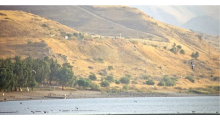 Archaeologists identify the site where Lord Jesus exorcised the legion of demons and the herd of pigs
Archaeologists identify the site where Lord Jesus exorcised the legion of demons and the herd of pigs  The Fifth International Congress of the Commissaries of the Holy Land kicks off, November 19
The Fifth International Congress of the Commissaries of the Holy Land kicks off, November 19 

